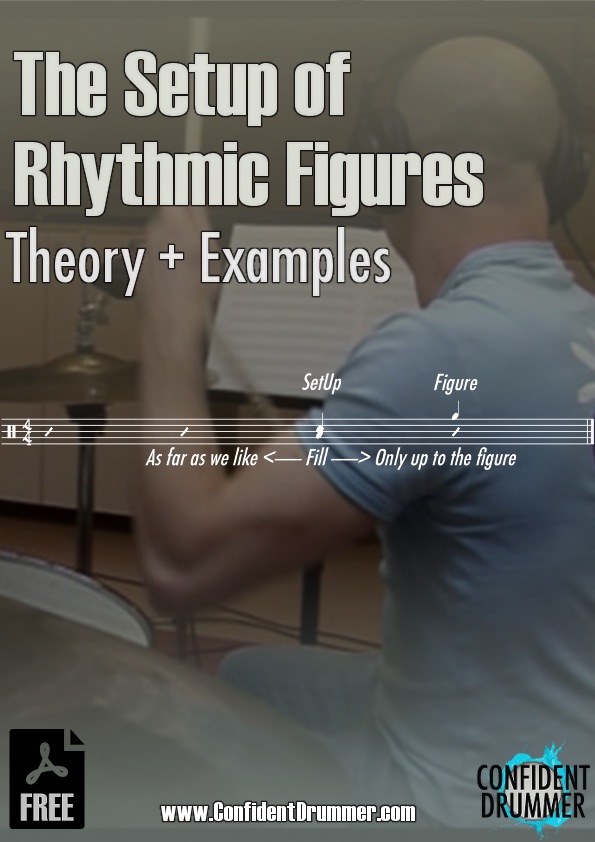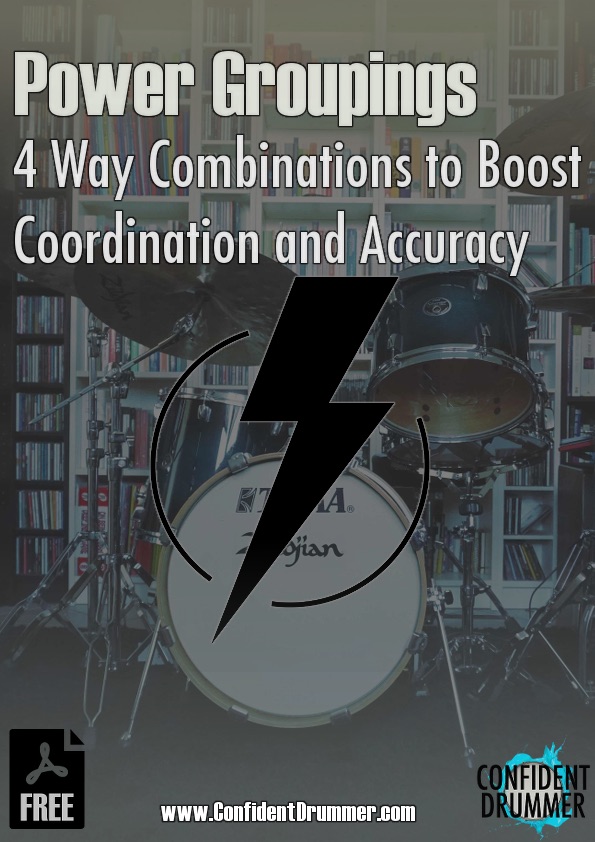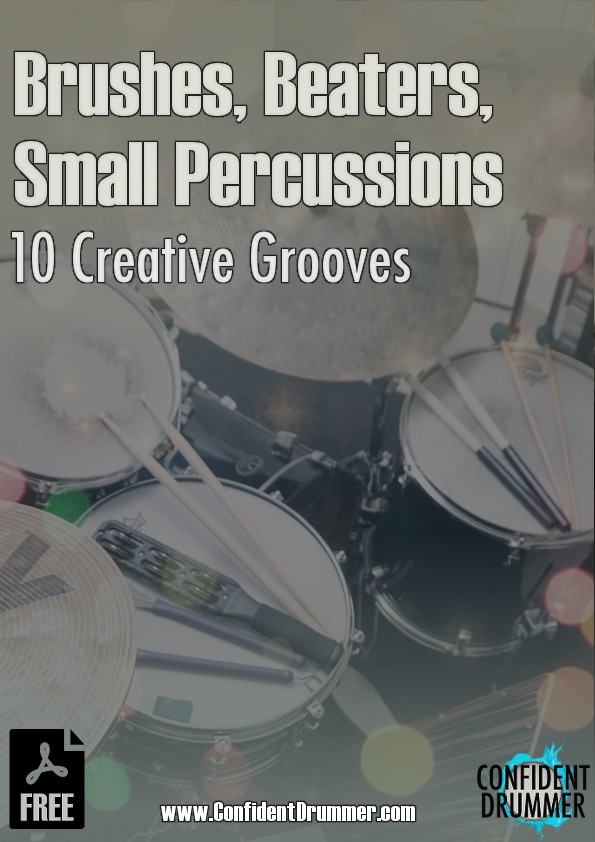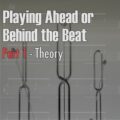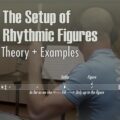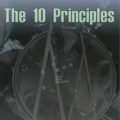CONFIDENT DRUMMER BLOG
A Place To Look For Inspiration And Resources, For Your Growth As A Musician. A Collection Of Various Bits Of Wisdom In The Form Of Lessons, Articles, Exercises, Videos, PDFs, Studies, Insights, Excerpts From The Books.
40% OFF All Methods!
30 Day Money Back Guarantee: If in one month of daily practice you don’t see massive improvement, you will get a 100% refund.
Check Out The Offer On Each Method’s Page.

Knowing many styles and being able to handle a greater range of requests seems to be the main way to access a greater number of job opportunities. While this is true, there are more important reasons for studying many genres and striving for greater versatility.
The Setup is an incredibly musical component of interpretation which consists of preparing, in advance and by playing a fill, the musical meaning of the rhythmic figures that are about to be executed. In this lesson we are going to explore a number of examples to internalize the way it works.
We know when a drummer, a beat or a song grooves hard, but it's not easy to tell what it is exactly that makes it groove. The reason is that it’s not what we play that makes things sound great, it’s how we play them. In this lesson we are going to analyze 12 great songs, in different styles. Get ready to be amazed at the details that emerge once you know what to look for.
Over the years I have collected a number of recurring combinations that I have noticed were universally used by great drummers, and which proved to be invaluable tools to make hands and feet work perfectly together. We could think of these empowering groupings as the ‘stick control’ of coordination, since they use the same principles: combining and developing basic cells to build up control.
No matter how hard we have worked to boost our timing skills, we still have to deal with the fact that we’ll never reach absolute perfection of execution. In this article we explore a series of powerful techniques and concepts to clean up any rough edges, make our inner pulse more solid and definite, and keep time like a true pro.
Who said that the Drum Set must be played only with sticks? There are so many more beaters to be discovered, which allow for a virtually infinite number of sonic combinations. So let's check out a few unusual beats that utilize brushes, hot rods, mallets, shakers, jingle sticks and even small percussions, to create original rhythmic soundscapes and inspire you to experiment with these fascinating possibilities.



